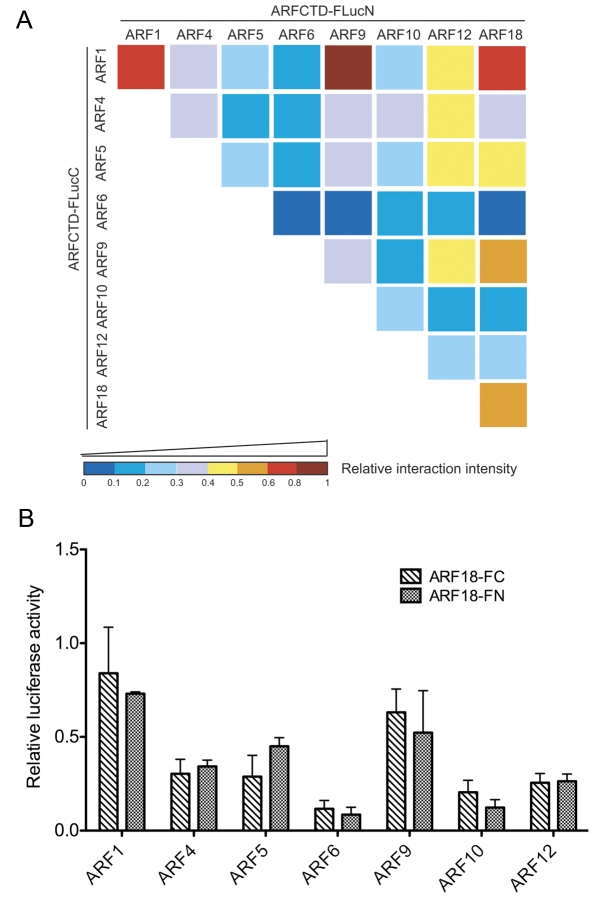Figure 4. Homotypic and heterotypic interaction analysis between 8 ARFs by the SFLC assay.
(A) Most (33/36) of the ARF-ARF combinations in the SFLC assay yielded detectable reconstituted luciferase activity, suggesting a ubiquitous occurrence of ARF dimerization. The relative interaction intensity of a given combination was generated by standardizing its restored luciferase activity against that of ARF5CTD-FLucC and IAA28-FLucN, and was presented in a heat map, with the coldest color (dark blue) indicating the lowest interaction intensity and the hottest color (dark red) indicating the highest interaction intensity. The color bar indicates the range of relative interaction intensity corresponding to each color. (B) The overall pattern of the PPIs between ARF18 and the other 7 ARFs remained similar to each other no matter whether ARF18 was chosen to fuse with FLucC or FLucN during complementation. At least three biological replicates were assayed for each ARF-ARF combination in (A) and (B) and similar interaction patterns were observed. Quantitative data are provided in Table S2.

